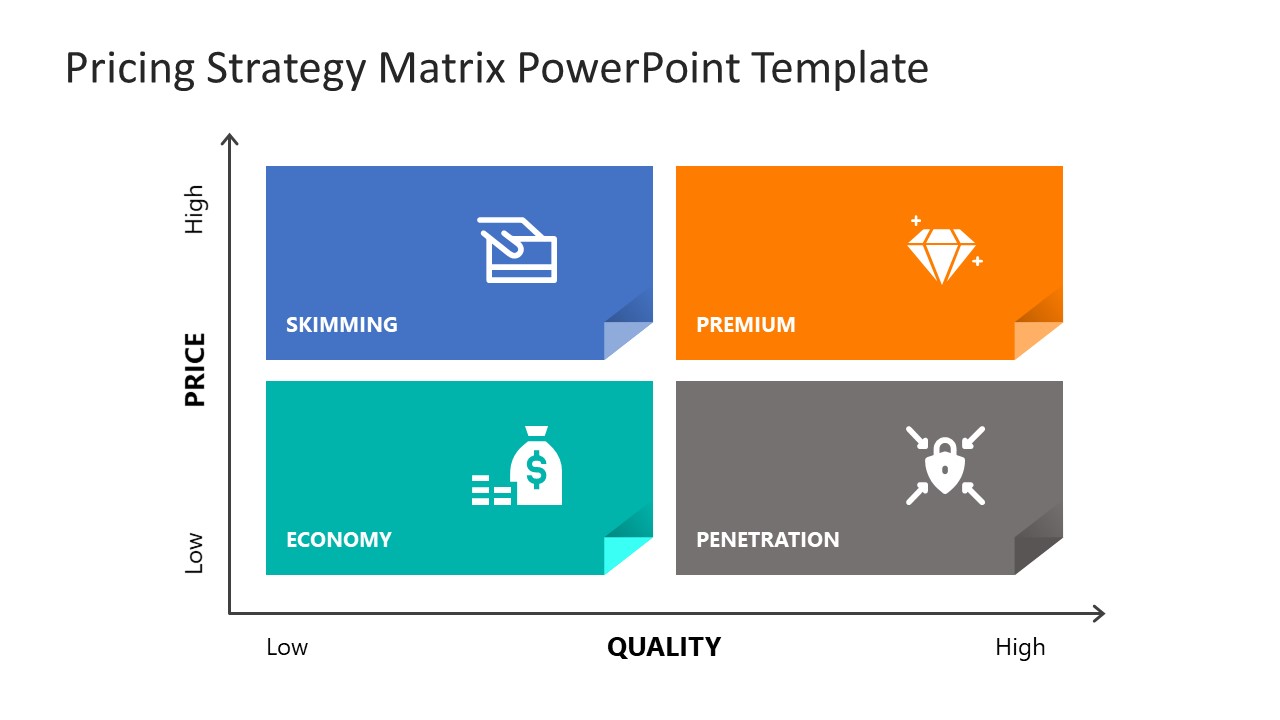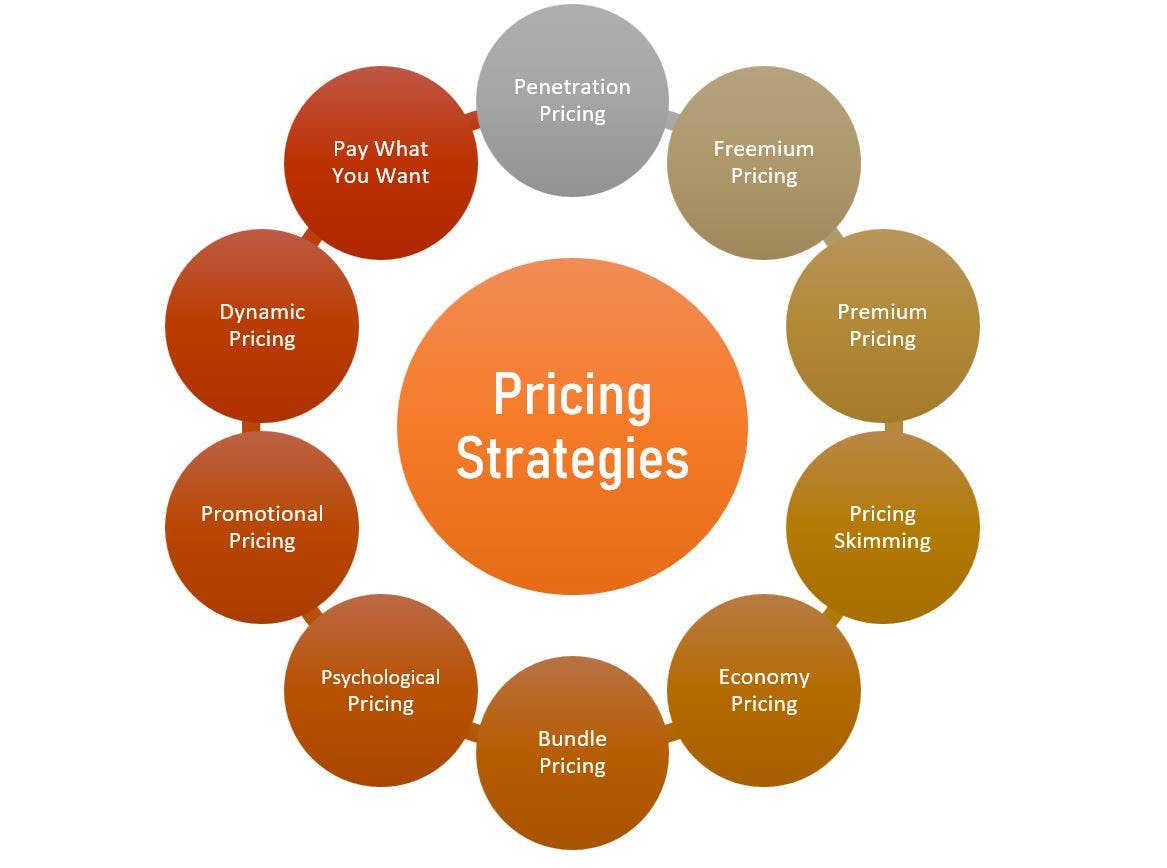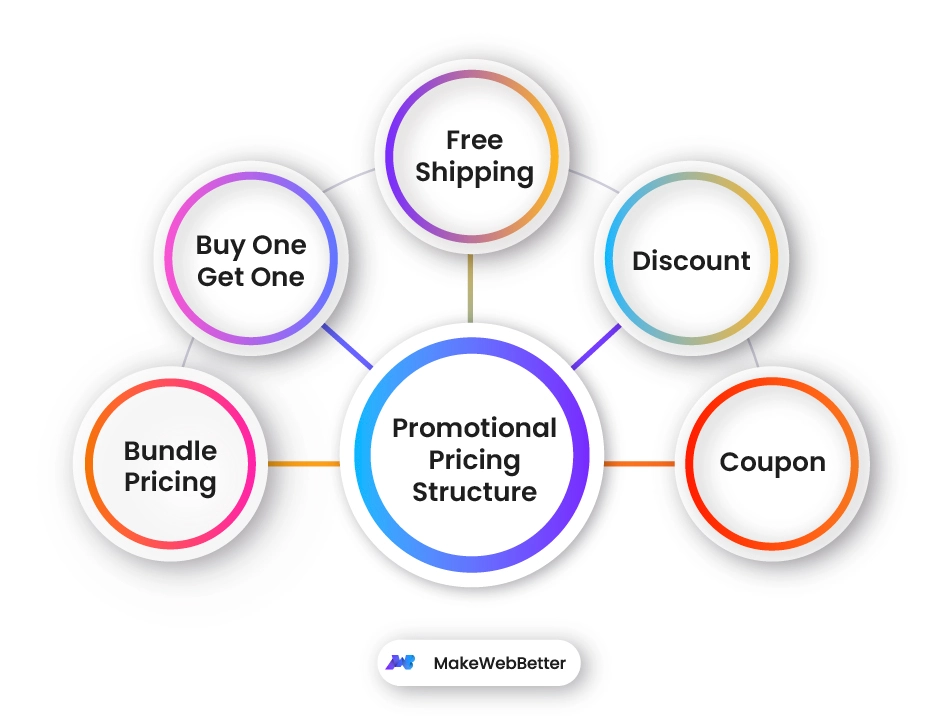
Master Effective Pricing Techniques to Maximize Revenue
In the ever-evolving landscape of commerce, mastering reliable pricing strategies is necessary for organizations aiming to optimize revenue. A nuanced understanding of rates psychology can substantially influence customer actions and getting decisions. Employing value-based and dynamic pricing versions permits organizations to adapt to market changes and customer view. Nonetheless, the complexity of rival analysis and recurring efficiency assessment raises important questions concerning the sustainability of these methods. What details approaches can be applied to ensure long-lasting success and customer loyalty in this competitive atmosphere?
Recognizing Pricing Psychology
Comprehending prices psychology is vital for organizations aiming to maximize their prices strategies. This field takes a look at exactly how customers view prices and just how these understandings influence their buying choices. Secret concepts in prices psychology include the anchoring impact, where the initial price presented works as a recommendation point for consumers, and the idea of price level of sensitivity, which differs amongst different consumer sectors.
Additionally, services can utilize the concept of viewed value, where the perceived benefits of a service or product can justify a higher price factor. Costs prices can create an aura of exclusivity, drawing in customers who connect higher costs with remarkable quality. On the various other hand, emotional rates, such as setting a price at $9.99 rather than $10, can considerably affect customer actions by making costs show up a lot more appealing.
In addition, shortage and necessity can improve the regarded worth of items, motivating quicker acquiring choices. Recognizing these emotional triggers makes it possible for organizations to create pricing techniques that not just drive sales however likewise foster client loyalty. Hence, understanding prices psychology is vital for effective pricing technique solution, causing improved profitability and market positioning.
Executing Value-Based Rates

First, conduct thorough market research study to determine the value drivers for your target audience. This can consist of attributes, high quality, brand track record, and client service. Next off, sector your consumers based on their desire to pay and the worth they perceive. By doing so, you can customize offerings and pricing methods to line up with different segments.
After collecting insights, set costs that reflect the optimum amount a client wants to pay, making sure that they view a fair exchange for the worth got. Connect the value proposal properly, highlighting the advantages and differentiators of your offering. Ultimately, constantly keep an eye on market problems and customer comments to improve your pricing strategy gradually - Pricing Strategy. By implementing value-based prices, companies can boost earnings while promoting long-term customer loyalty.
Discovering Dynamic Pricing Versions
In today's rapidly altering market landscape, dynamic rates models have emerged as an effective strategy for services looking for to maximize earnings and reply to variations in demand. These versions permit firms to adjust their prices in real-time based on numerous variables such as consumer actions, market fads, and supply degrees. By leveraging data analytics and formulas, businesses can identify optimal pricing factors that maximize sales while staying affordable.
Dynamic rates can take numerous kinds, consisting of time-based rates, where costs vary based on time of day or season, and demand-based prices, which changes costs according to present customer need. This adaptability not only boosts profitability but likewise enhances consumer complete satisfaction by using rates that reflect real-time market problems.
Executing dynamic prices needs a robust technological infrastructure and a deep understanding of consumer segments. Transparent communication about rates modifications can aid alleviate consumer frustration and foster count on, ultimately leading to continual earnings in a competitive industry.
Studying Competitor Prices
Checking rival prices is vital for services intending to keep an affordable edge in their respective markets. By evaluating rivals' prices her explanation techniques, firms can identify market patterns, comprehend customer choices, and change their pricing accordingly. This analysis entails gathering information on rivals' rates, promotional approaches, and product offerings to notify pricing choices.
To successfully analyze competitor rates, organizations must make use of different tools and methods, such as rate tracking software application, market study reports, and customer comments. This data can expose exactly how rivals place their products and solutions, allowing services to separate their offerings or adopt comparable methods to continue to be relevant.
Additionally, it is vital to categorize rivals into straight and indirect competitors. Straight rivals offer comparable products or solutions, while indirect rivals might meet the same consumer need with different options. Recognizing the nuances in between these teams will certainly enable businesses to tailor their rates techniques a lot more efficiently.
Ultimately, recurring competitor prices evaluation is important for making enlightened pricing decisions. It enables services to remain dexterous in action to market changes, ensuring they can confiscate possibilities and reduce dangers connected with rates approaches.
Examining Prices Efficiency
Understanding how rival prices influences market characteristics brings about a natural emphasis on evaluating pricing efficiency within one's very own company. This analysis is important for recognizing locations of toughness and possibilities for renovation, inevitably improving success.

Furthermore, performing normal prices audits can disclose discrepancies in between expected and actual performance. This includes comparing rates information across various segments and channels to comprehend differences and recognize patterns. Incorporating client comments can supply understandings into regarded worth versus real prices, ensuring alignment with market expectations.
Lastly, leveraging data analytics devices can facilitate much deeper insights into prices performance, making it possible for companies to make data-driven changes (Pricing Strategy). By consistently examining prices performance, companies can adapt to market modifications and enhance their strategies, making sure sustained profitability in a competitive landscape
Final Thought
By leveraging pricing psychology, companies can boost regarded worth and tailor rates to varied customer sectors. The adoption of dynamic and value-based rates models helps with real-time adjustments based on need and customer readiness to pay.
Recognizing pricing psychology is vital for companies aiming to enhance their pricing methods. Comprehending these psychological triggers makes it possible for businesses to formulate pricing strategies that not just drive sales yet additionally foster client loyalty. Hence, grasping pricing psychology is essential for reliable rates technique formulation, leading to boosted view publisher site profitability and market positioning.
By analyzing rivals' rates techniques, firms can recognize market fads, comprehend customer choices, and readjust their rates accordingly. By leveraging rates psychology, organizations can enhance viewed value and tailor rates to varied consumer sectors.